
Barcelona and surroundings
Barcelona
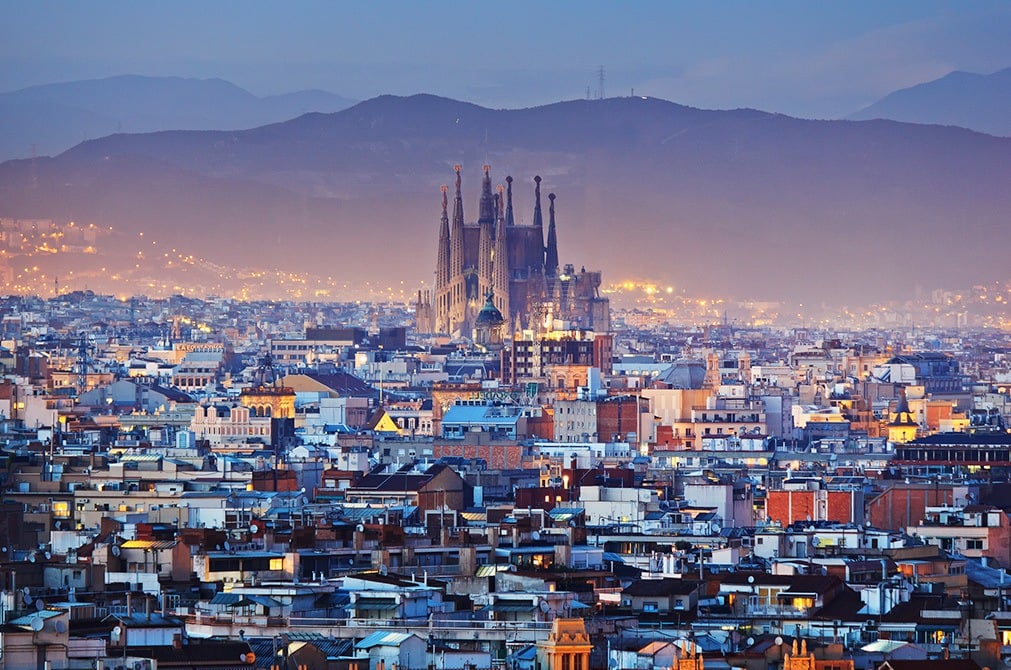
Barcelona
Located on the shores of the Mediterranean, Barcelona is one of the most visited European cities: cosmopolitan, with great cultural, commercial, financial and tourist importance.
Tourist Environment
On the Costa Brava and the Empordà, there are plenty of beautiful little villages and numerous activities to amuse yourself, have fun, relax… There is something for everyone! At Delfín Verte we have prepared our selection for you. Discover it.
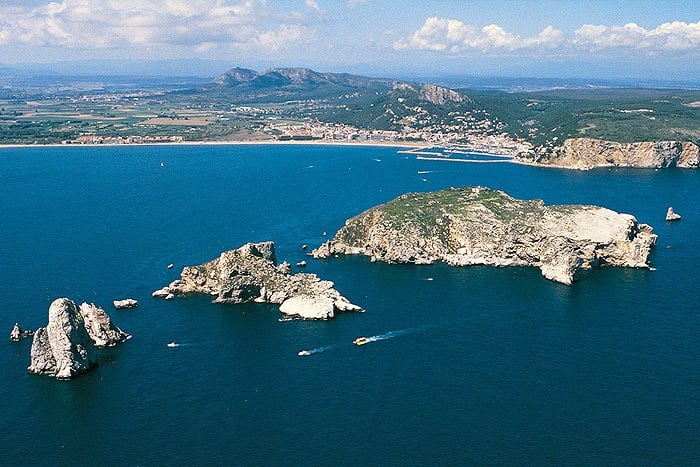
Illes Medes
The natural park of the Medes Islands in Torroella de Montgrí – L’Estartit. A visit to the municipality of Torroella de Montgrí – L’Estartit would not be complete without the Medes Islands. This is a protected maritime-terrestrial area that stands out for its great biological diversity.
The archipelago is made up of two small islands and a group of small islets and reefs. The submerged part, currently a protected area, has generated very complex ecosystems that make it one of the ideal places for scuba diving.
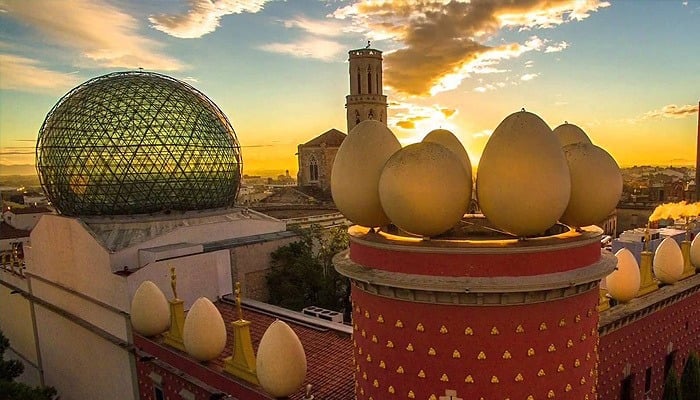
The Baix Empordà
One of the charms of the Baix Empordà is its privileged location between the sea and the mountains. A few kilometres from France, with the sea to the east and the Pyrenees to the north, less than an hour from the historic city of Girona and the volcanic area of La Garrotxa, and a hundred kilometres from the Olympic city of Barcelona, Baix Empordà is the ideal starting point for one or two-day excursions that will take you to places as close and, at the same time, as different like the Dalí Museum in Figueres, the ruins of Empúries or the Jewish quarter of Girona.
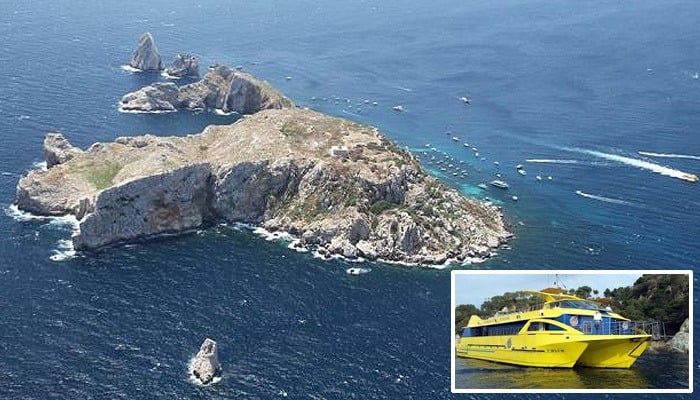
Nautilus / Corsario Negro
The Nautilus is a modern, spacious and comfortable boat with glass keel walls that will allow you to discover the fabulous underwater world of the Medes Islands. This marine reserve, protected since 1983, is today one of the most important in Europe. It contains a wide variety of underwater flora and fauna. Several itineraries are available departing from the port of L’Estartit every hour.
The «Corsari Negre» is a handcrafted boat that sails in the typical way of a wooden sailing boat. Discover the wonderful coastline of the Costa Brava and swim in its quiet coves. There are two possible itineraries: morning and afternoon.
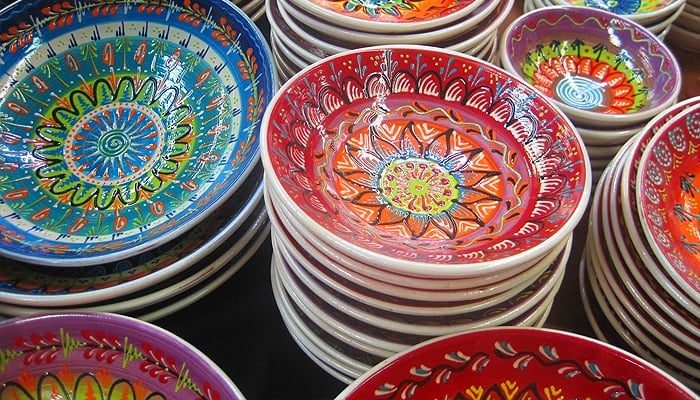
La Bisbal
La Bisbal d’Empordà, popularly known as the capital of ceramics. It is well worth a stop at the capital of the region. The place to be in this city is Carrer de l’Aigüeta, full of shops offering the typical ceramic production of this city. Also to visit are some ceramic factories and the Terracotta Museum, dedicated to the tradition of ceramics in the area.
Torroella de Montgrí
Montgrí Castle: built between 1294 and 1301, it stands today as a symbol of the municipality. From this unfinished fortress, which once embodied the strength of the reign of Jaume II against the county of Empúries, you can see a spectacular landscape. Climbing to the top of one of the towers of this Empordà viewpoint, you can enjoy a magnificent 360-degree panoramic view. Travel across the landscape from north to west and contemplate the bay of Roses and Empúries, the Canigó, the Pyrenees and Montseny, the Gavarres, the Baix Ter and the bay of L’Estartit, with its Medes Islands.
It is a town with personality that, all year round, allows us to enjoy the different eras that have shaped it at every turn. As we stroll through its streets, the important architectural remains that have been preserved from this past will take us back in time in the blink of an eye.
The main axes of Torroella converge in the Plaça de la Vila, which is especially busy on Mondays, market day, and which hosts a variety of events such as the parades announcing the start of some lively activity; it is also the ideal setting for listening to and dancing sardana dances and has excellent acoustics for the open-air concerts organised every summer by the prestigious International Music Festival.
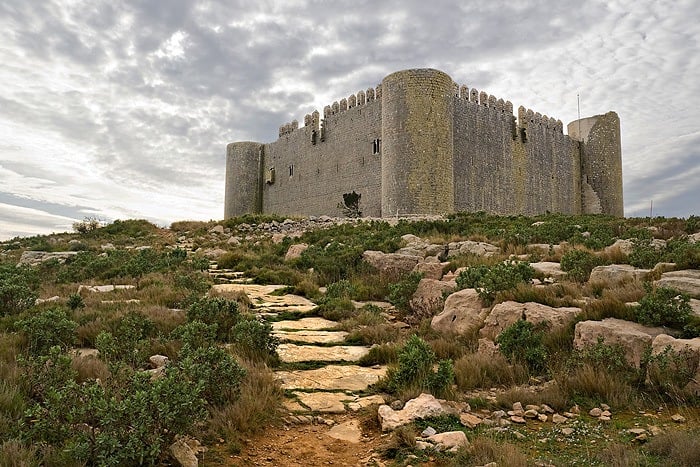
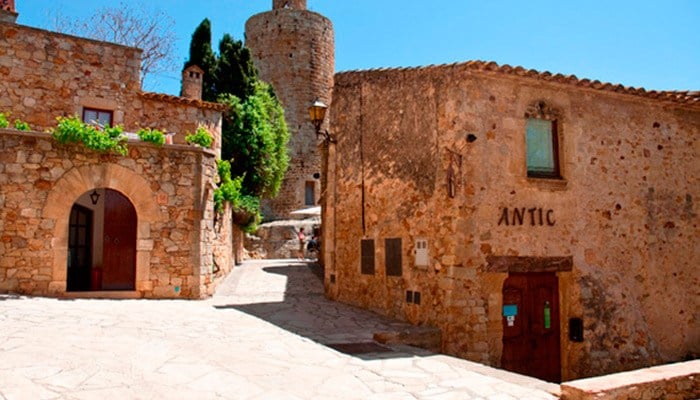
Pals
The Gothic village of Pals. The stop in the municipality of Pals includes a visit to its monumental centre. It is a mediaeval town that stands on the top of a hill and preserves the typical structure and layout of the period. The narrow streets, towers and buildings give this town an unquestionable monumental interest.
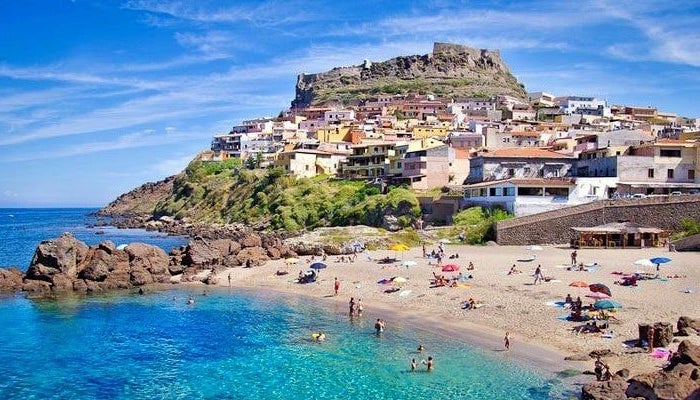
Begur
In the Baix Empordà, a visit to the coves and coastal paths of the municipality of Begur is not to be missed. The impressive cliffs and sheltered coves have given their name to the county’s coastline, the Costa Brava. Sa Riera, Sa Tuna and Aiguablava are some of the coves we recommend you visit.
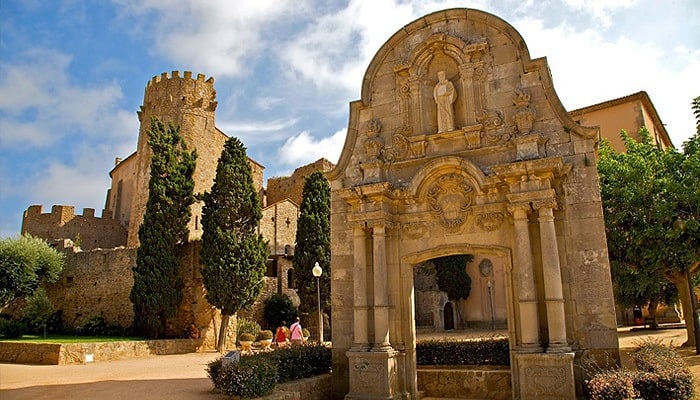
Sant Feliu de Guíxols
The architectural ensemble of Sant Feliu de Guíxols. In Sant Feliu de Guíxols, the architectural ensemble of the Benedictine monastery, which was one of the most important and powerful of the order, stands out. An interesting group of Romanesque buildings has survived to the present day, consisting of two towers and the Porta Ferrada (10th century), whose irregular shape and dimensions constitute a very particular and attractive image that has become a characteristic landmark of this town.
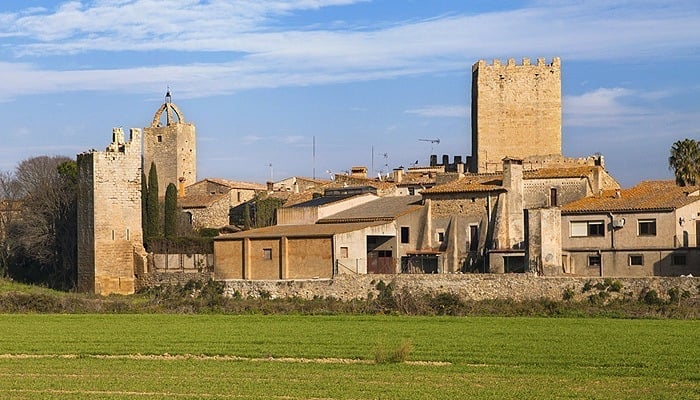
Peratallada-Forallac
The mediaeval villages of Forallac. The municipality of Forallac is made up of a group of villages situated at a short distance from one another, among which the town of Peratallada stands out in particular, a mediaeval ensemble of notable interest. It is a nucleus with the typical mediaeval structure: narrow, irregular stone streets enclosed by a complex system of walls. The main tower of the castle also stands out in the town.
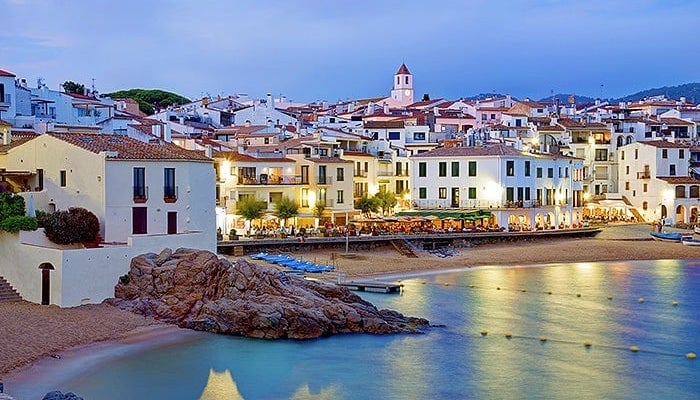
Palafrugell
The coves of Palafrugell: Calella, Llafranc and Tamariu. Once in Palafrugell, we recommend that you do not miss a visit to the coves of this municipality. Calella, formerly a fishing village, is now one of the most attractive coves on the Costa Brava. The coastal path that links this town with Llafranc is of great beauty, as it runs along the coastline just a few metres from the sea.
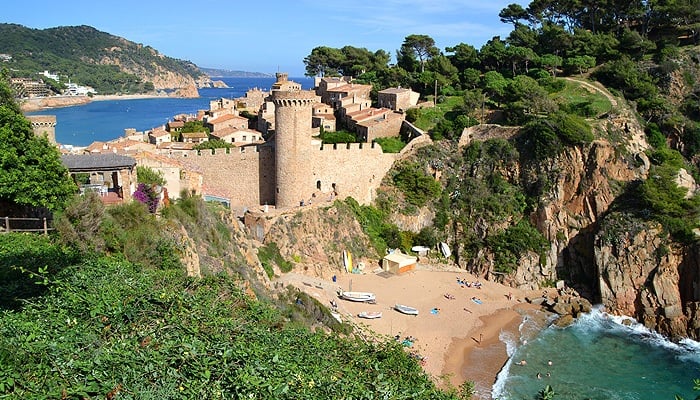
Lloret & Tossa de Mar
Lloret de Mar is the main tourist resort on the Costa Brava. You can stroll around its commercial area, go shopping and have a snack in one of the many cafés on the seafront promenade. In Tossa de Mar you can admire its medieval walled enclosure, its beach and spend the afternoon in one of the most beautiful and characteristic villages of the Costa Brava. Don’t forget your camera!
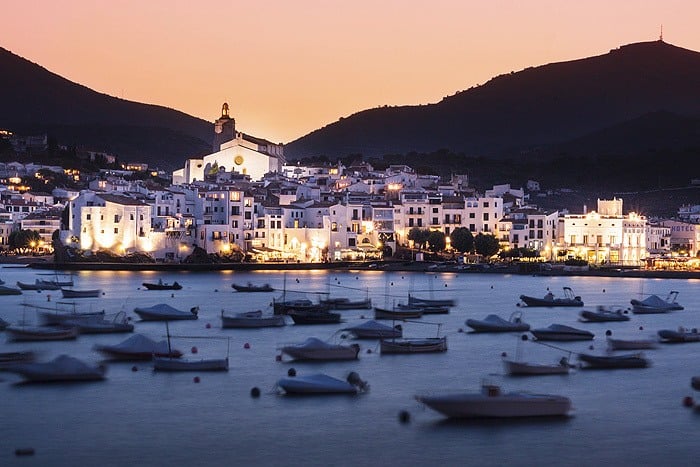
Cadaqués
Cadaqués preserves the essence of the old fishing village of the Costa Brava, with its narrow streets, whitewashed houses, delightful views and life by the sea. Its tranquillity and bohemian atmosphere inspired artists such as Dalí, Picasso, Duchamp and many others. Enjoy the bustling market and its many restaurants and cafés, ideal for a beer and tapas.
There is the possibility of visiting the house museum of Salvador Dalí, which is located in the cove of Portlligat, Cadaqués, a visit not to be missed.
The Salvador Dalí House-Museum is really interesting, as a tour of the different rooms gives us an idea of the artist’s lifestyle, as well as all kinds of curiosities.